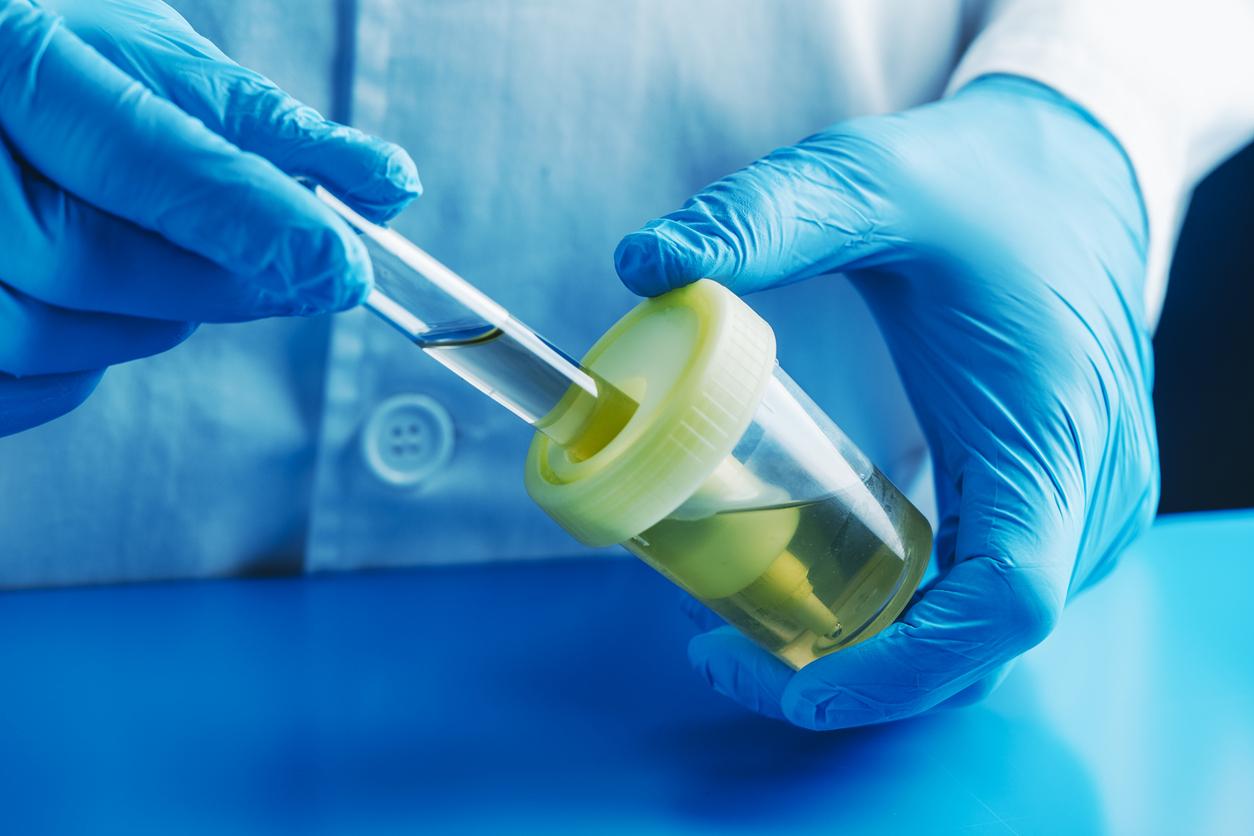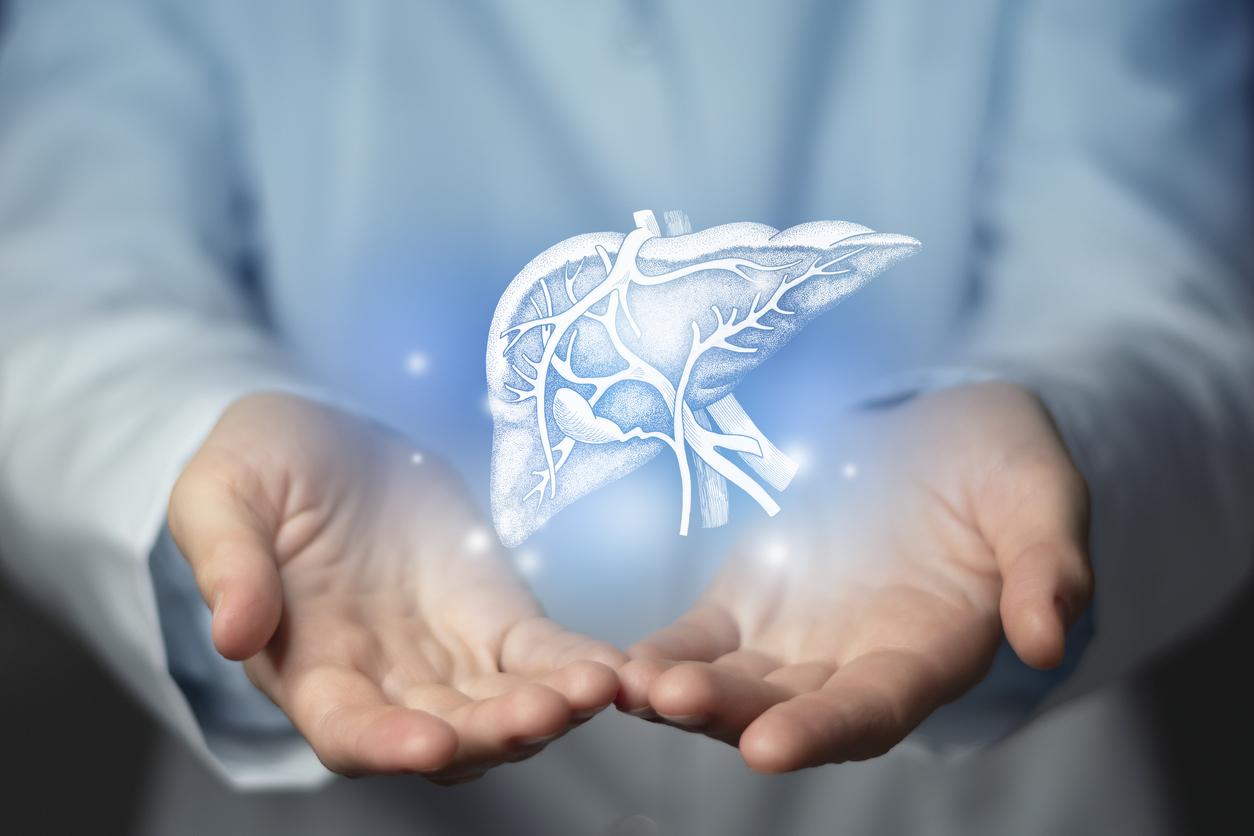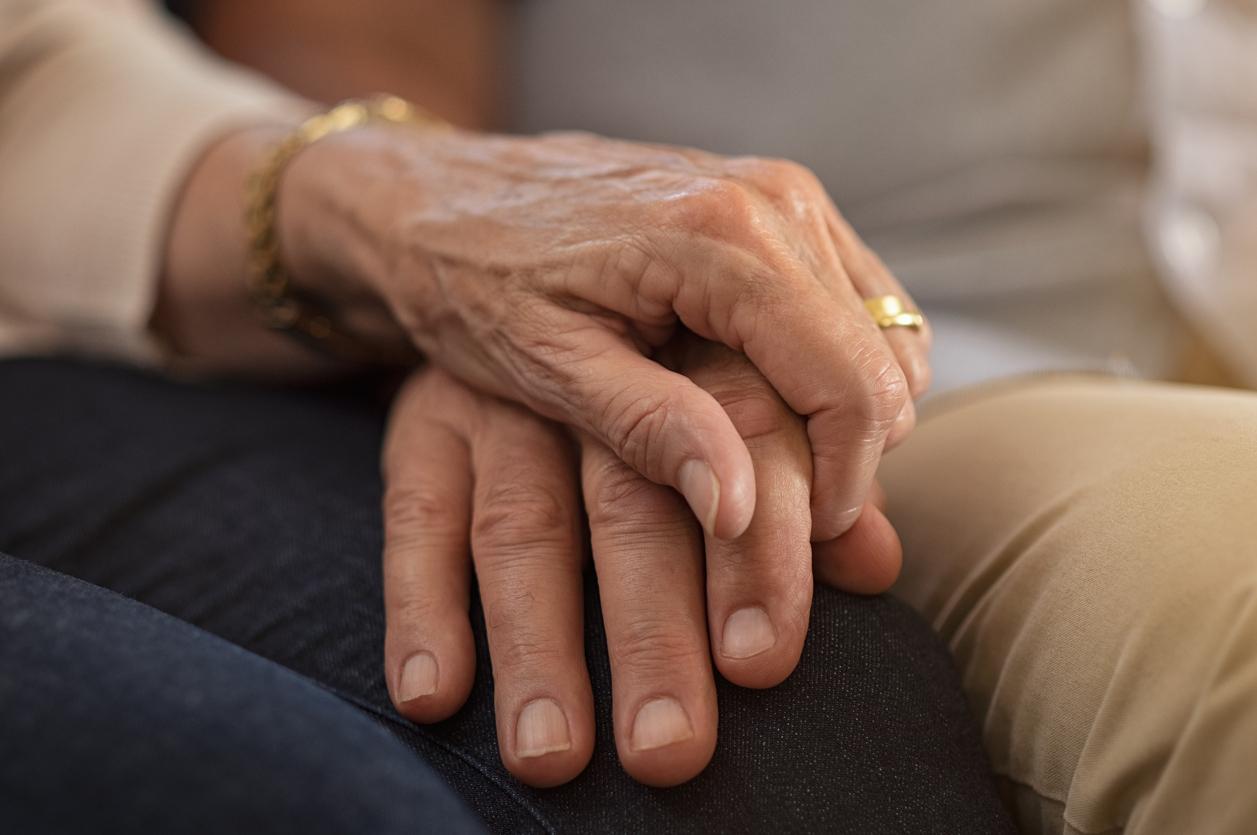People who live together and have intimate relationships are said to have a similar microbiome, according to a study.

Love. We give each other, we commune, we share everything – our nest, our life, our body… but also our bacteria, fungi, viruses and other charming microorganisms. A study published in the journal mSystems, the journal of the American Society of Microbiology, looks back on these little things that couples share without knowing it, and which testify, more than any other marker perhaps, of a life together.
In fact, people who live together and have intimate relationships have great similarities in their microbiome, this mini-ecosystem made up of millions of bacteria that characterize each of us.
Feet, eyelids, navel …
To achieve this, the researchers took 330 samples from 17 parts of the body of ten heterosexual couples who were sexually active and living under the same roof. They observed that the microbiomes were very close in couples, so much so that they were able to determine with 86% certainty which subjects lived together.
Couples therefore have “common microbial imprints,” they write. In fact, the opportunities to share its microorganisms would be very numerous. You just have to walk barefoot in the same places, shower in the same cabin, sleep in the same sheets or, quite simply, hug yourself, skin to skin.
Among all parts of the body, the feet share the most common microorganisms, followed by the eyelids, torso and navel. The researchers do not come up with a specific explanation for the couple’s microbial similarities, but they believe that these microorganisms are largely derived from the skin.
In fact, every hour, humans get rid of millions of particles, which our bare feet probably collect in the first place … Thus, spouses wade through the same residues and their microbial identity ends up merging. Love is beautiful !
.















